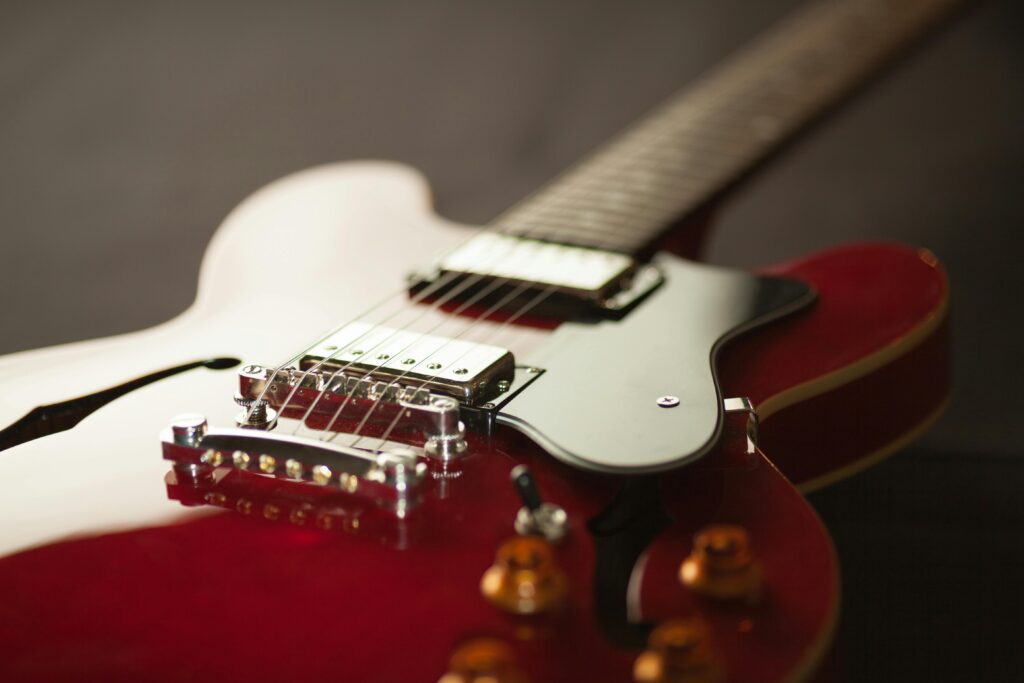Guitar Scale Patterns: How to Master the Fretboard with Repeating Shapes
Ever looked at your guitar fretboard and felt overwhelmed by a maze of notes, shapes, and theory? You’re not alone. For years, I memorized a few scale shapes and got stuck in one spot. The moment I tried moving up the neck, everything fell apart.
But here’s the key insight: guitar scale patterns repeat. Once you understand that, the entire fretboard opens up.
Guitar Is All About Patterns
The guitar is mostly tuned in perfect fourths, except between the G and B strings (a major third). This tuning creates repeating patterns across the neck that are both visual and tactile.
Take the minor pentatonic box everyone learns first. Shift it up 12 frets—it’s the same scale, one octave higher. Shift it across strings (adjusting for tuning), and it’s still the same pattern in a different key or position. You’re not learning new information—you’re just reusing it in a new context.
Master the five (or seven) essential scale shapes, and you’ll start connecting them like puzzle pieces. Moving horizontally links positions. Moving vertically along the same string stays within the scale. And diagonal movement unlocks real musical phrasing.
Focus on Shapes First, Notes Later
One of the biggest mindset shifts for me was this: stop trying to name every note. At least at first.
Instead, focus on the scale shape under your fingers. Find your root note, build the shape around it, and use that as your anchor. From there, you can slide to the next position and not feel lost.
This is especially powerful when improvising. You don’t need to know every note by name. Just know where the shape lives, where the root is, and how to shift between patterns. Your ear will guide the rest.
Use Octave Shapes to Navigate the Neck
Learn your octave patterns—they’re the secret to unlocking the full fretboard:
-
6th string to 4th string: same note, two frets up
-
5th string to 3rd string: same idea
When you know where your root notes live across strings, you can reposition any scale shape on the neck. Suddenly, your solos aren’t boxed in—they’re fluid and dynamic.
Why the Fretboard Feels So Confusing
Many guitarists get stuck because they think they need to learn music theory before they can improvise or write. But guitar is visual. It’s about recognizing shapes and how they repeat.
Once you internalize the layout of these guitar scale patterns, your fretboard stops feeling random and starts feeling like home.
TL;DR – The Fretboard Is a Loop of Repeating Shapes
The more you play, the more you realize that the neck is made of repeating scale patterns, not isolated notes. It’s not about memorizing every fret—it’s about understanding the geometry of your instrument.
Once that clicks, everything changes:
-
Your solos breathe.
-
Your riffs move across the neck.
-
Your confidence skyrockets.
So next time you’re stuck, remember: scales don’t change—they just repeat.
Now go plug in and make some noise.

